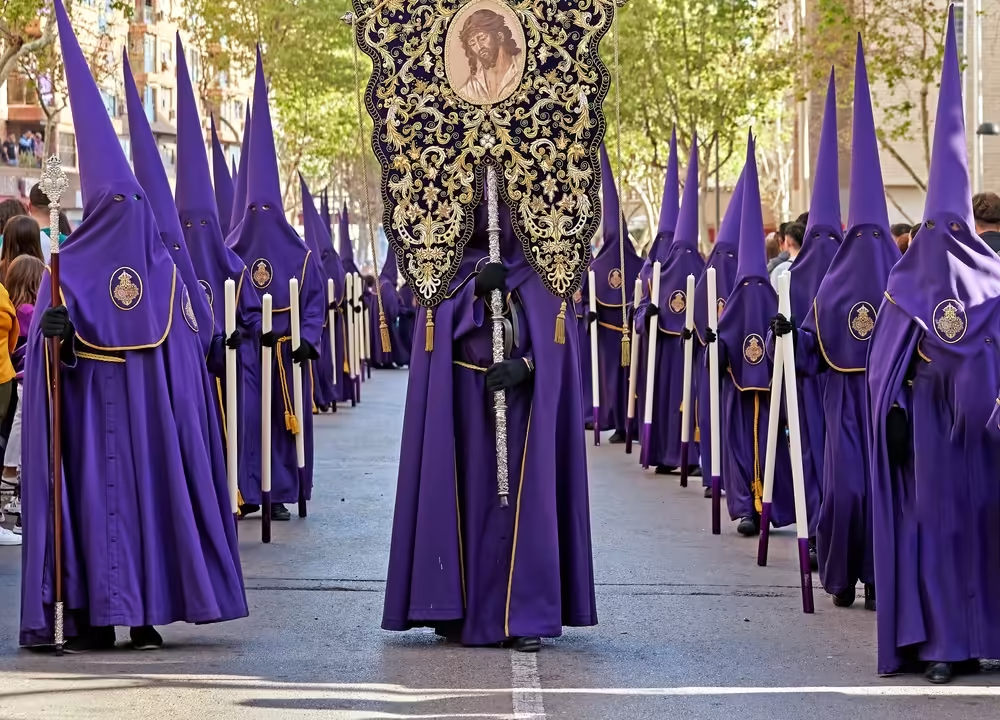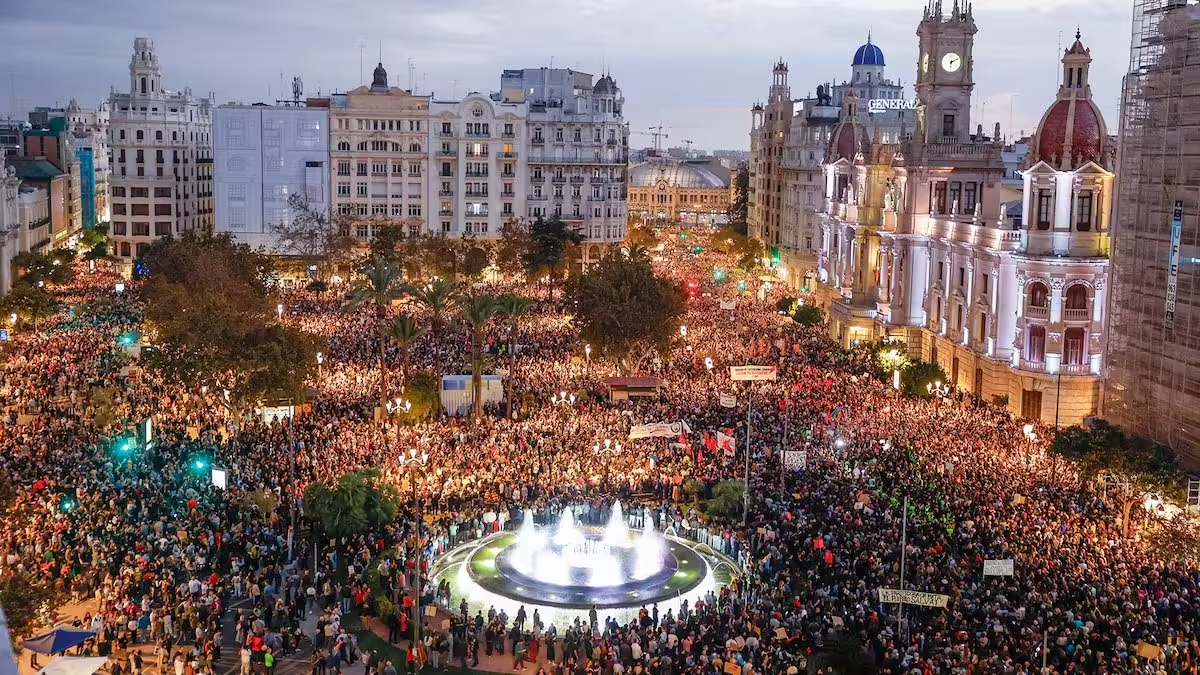The Story Behind the Semana Santa Procession Outfits
During Semana Santa (Holy Week) in Spain, one of the most striking sights is the groups of people walking in the processions wearing long robes and tall, pointed hats that cover their faces. These participants are called nazarenos or penitents, and their outfit is full of history and meaning.
The pointed hat is called a capirote. Its origins go back to the Middle Ages, when people who were punished by the Catholic Church had to wear a similar hat to show public penance for their sins. Over time, this changed into a symbol of repentance and humility, rather than punishment. Today, the capirote is worn proudly as part of the Semana Santa traditions.
The pointed shape of the hat is meant to direct the penitent’s thoughts towards heaven. The covered face represents the idea that people are all equal in the eyes of God, and it also allows the wearer to carry out their act of devotion in private, without drawing attention to themselves.
The colours of the robes and hats change depending on the day of the procession and the brotherhood (known as cofradía) organising it. Each brotherhood chooses its own colours, which often have special meanings. For example, black usually symbolises mourning and grief, especially on Good Friday, while purple is a colour of penance. White can represent purity and hope, and red often stands for the blood of Christ or the passion of the events being remembered.
While the outfit might look unusual to visitors, it is deeply rooted in Spanish tradition. These processions are a way for many people to express their faith, remember the story of Easter, and take part in a centuries-old cultural experience.
Share this content:




2 comments